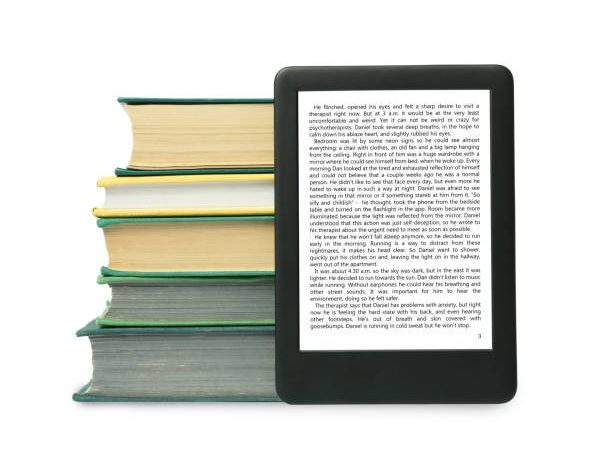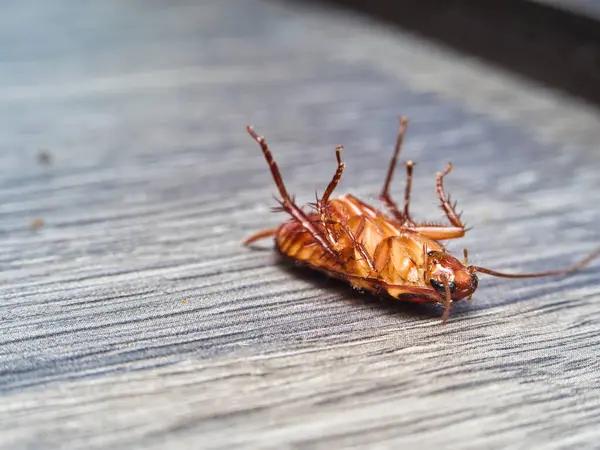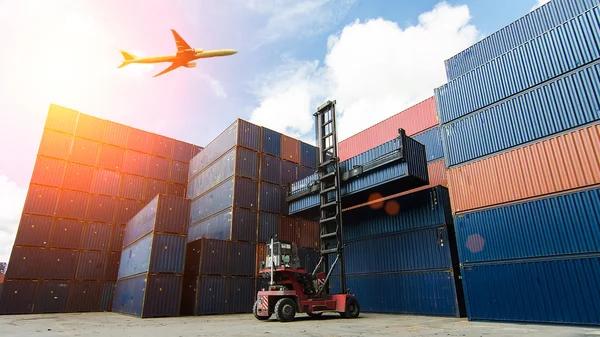Automated Irrigation Systems: Cutting Costs and Conserving Water with Smart Technology

Smart irrigation systems use sensors to improve the efficiency of water usage while ensuring that the plants get enough water. The data-driven approach reduces resources wasted and improves productivity in agriculture. It also helps to promote sustainability in the agricultural sector.
Sensors detect soil moisture, and send the information to the control panel. The controllers alter the watering schedule based on the weather conditions and location.
IoT for Agriculture
IoT-driven technology improves farming processes, resulting in greater yields from crops and fewer waste. But the initial investment costs and connectivity challenges are still barriers to adoption. Subsidies and government initiatives could aid in reducing the initial cost. Wireless technology can be utilized in areas with limited infrastructure. In addition, training and education can assist farmers understand and use these technology.
In the near future, IoT in agriculture will enable advanced data analytics that will support instantaneous decision-making and allow farmers to address issues proactively and optimize processes for long-term efficiency. This will help reduce the use of water and increase yields for crops, as well as lower the risk to the environment.
To optimize irrigation processes, IoT in agriculture provides real-time feedback that is based bec phun suong on the soil’s conditions and weather forecasts to improve the efficiency of water conservation technologies. Sensors that are placed across the field are able to monitor soil composition and moisture levels, enabling farmers to make better informed decisions about the time and frequency of watering their crops. The data from these sensors can also be correlated with historical weather data to help farmers anticipate inclement weather.
IoT helps farmers keep track of their crops and livestock, ensuring that they and their animals have enough food and water. Data collection and analysis can be done quickly to help reduce water consumption. This is crucial for developing nations, who have only 4% of freshwater resources but only 17 percent of their population.
Water Conservation Technology
As the world is facing water shortages, there is a rising need to employ technology to minimize the use of water and safeguard precious resources. It is the process of implementing actions, behaviour changes, devices and systems to increase efficiency and balance demand and supply.
One illustration is smart irrigation systems. These systems, which are equipped with soil moisture sensors and weather sensors, maximize water use by delivering just the right amount of water to plants. It will stop watering the plants once rain begins which will save time and cash.
These technologies not only improve the sustainability of agriculture, but they can also aid in preventing the occurrence of water shortages across the globe within households and in cities. Rainwater harvesting and drip irrigation, for instance, reduce the need for freshwater sources, reducing the amount of water that evaporates, and drought-resistant crops allow farmers to cultivate food in dry areas. Greywater recycling diverts water that could otherwise be used for toilet flushing and irrigation to uses that are not potable. This helps conserve water and decreases the burden on treatment facilities for sewage.
Individuals can also take steps to save water by limiting outdoor water use, utilizing efficient plumbing fixtures, as well as reducing energy and electric consumption. Individuals can reduce water waste by, for instance, sweeping the paths and driveways rather than washing them down with water and washing their cars using buckets instead of power washers.
Automated Irrigation Systems
Automated irrigation systems save time, water, and cash for farmers as well as homeowners. The soil moisture sensors can be used to improve crop health, cut down on the amount of water used and prevent excessive watering. The technology is able to monitor and manage ponds, rivers, lakes and other waterbodies.
These systems are also connected to weather stations, which allows them to automatically alter the settings of irrigation based on the current climate conditions. For instance, if it is raining, your smart system will delay irrigation until the soil is ready for the water. This feature is particularly useful in areas that do not have a lawn or landscaping technician to modify irrigation settings manually.
These systems also aid in to cut down on energy costs through reducing the loss that comes from under- or over-irrigation. Overwatering can cause stress in the plants and lower yields of crops and under-irrigation could cause less nutritious plants. Saving water can cut costs and increase the efficiency of other farm technology like precision agriculture and robotics.
The initial investment in a smart irrigation is often expensive, especially for farmers and users on a small scale. This can be a barrier to the adoption of smart irrigation systems, especially for small farms or those who have limited resources. Additionally, managing these systems requires expertise and may increase operating costs.
Predictive Analytics in Irrigation
Smart irrigation systems make use of sensors and weather information to perform predictive analytics that optimize the irrigation process. This ensures more constant hydration levels, which reduces over or under watering which improves plant health and yield. By automating irrigation and optimizing schedules based on environmental variables and other factors, it helps reduce maintenance costs and operational costs.
ML algorithms can be used to optimize irrigation plans by making use of real-time weather data as well as soil moisture sensor data to estimate the amount of water required for each field. Using this information, the ML algorithm will calculate the optimal irrigation duration and frequency, which will avoid water waste and ensuring that the crop receives a sufficient amount of water to ensure maximum the growth rate and yield.
The ML model is also used to identify irrigation leaks and inefficiencies resulting in significant water savings. The system can detect and notify users of any issues, reducing the time of downtime and saving money over the long term.
Integrating AI/ML models that can forecast rainfall and climate variations, is another method to enhance irrigation. These models help achieve a healthy balance between irrigation requirements and water conservation that are in line with expected weather conditions, enabling growers to take proactive measures to prevent potential harm. The system will detect early indicators of bugs or diseases, thus reducing the necessity for chemical treatments.






